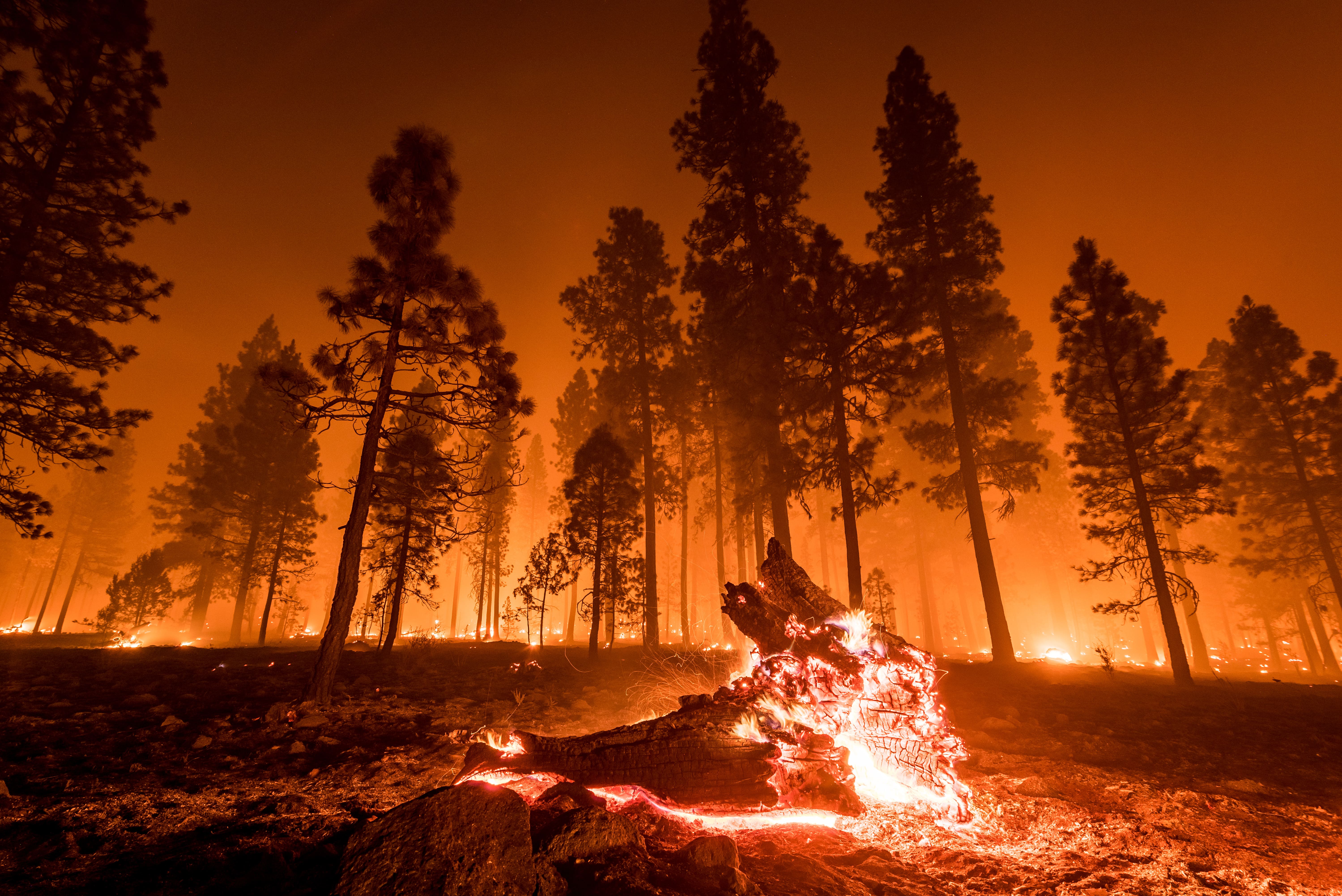The Connection Between Natural Disasters and the Rise in Psychotropic Medication Prescriptions
A cohort study investigates a potential correlation between the stresses caused by Mother Nature and mental health.

Over the past few years, wildfires in the United States have grown in prominence—especially on the West Coast in California, and more recently, along the northeastern Texas panhandle and western Oklahoma. These wildfires can break out naturally, but climate change has been a contributing factor to frequency, duration, and intensity of these fires.
They can cause not only structural damage, but can also disrupt ecosystems and cause additional air pollution as a result of the smoke. A dive into the physical health effects that wildfires produce has already been examined before, but the mental health angle, including anxiety disorders, depression, and posttraumatic stress disorder (PTSD), has barely been explored in the context of psychotropic medication prescriptions.
For that reason, the authors of a study published in JAMA Network Open1 sought to explore the association between large wildfire frequency and the rates of prescriptions for psychotropic meds immediately after a fire has started.
With the help of interrupted time-series analysis, the cohort study examined psychotropic medication prescriptions in the six weeks before and after each of the 25 wildfires that occurred in California from 2011-2018. In order to meet the wildfire criteria, over 25,000 acres needed to have burned from one fire. Participants consisted of people living in California metropolitan statistical areas (MSAs) who had psychotropic medications prescriptions. There were entered into the Merative MarketScan Research Database (MarketScan) over the course of those seven years. Statistical analysis was performed for these 25 large wildfires occurring between September 2011 and November 2018.
Other than age (18-44 and 45-64 years of age) and gender (male or female), patients were categorized according to a variety of different psychotropic medication groups, and seven daily time series were created at the MSA level:
- All psychotropic medications
- Antidepressants
- Antipsychotics
- Anxiolytics
- Hypnotics
- Mood stabilizers
- Statins (considered the control category)
In order to gain a better grasp on this association between the mediation use and instances of wildfires, an interrupted time-series (ITS) regression framework was used. MarketScan was able to pull qualities of 7,115,690 people (annual mean [range]: 889,461 [455,705-1,426,928] individuals) who lived residing in MSAs impacted by fires; the mean (range) percentage of enrollees who had at least one outpatient drug claim was 22% (21%-23%) for psychotropic medications, and 12% (11%-13%) for statin meds.
When compared with a pre-fire baseline, the study found a statistically significant increase in prescriptions of antidepressants (rate ratio [RR], 1.04 [95% CI, 1.01-1.07]), anxiolytics (RR, 1.05 [95% CI, 1.02-1.09]), and mood-stabilizing medications (RR, 1.06 [95% CI, 1.01-1.13]) in the fire period. Nonetheless, there were no major correlations reported for antipsychotic, hypnotic, or statin prescriptions.
As a result, the study authors concluded that “…the analysis demonstrated a significant association between psychotropic medication fills and wildfires consistent with previous literature describing mental health risk associated with wildfires, but on a broader spatial and timescale using administrative prescription data. These findings warrant further examination of mental health effects related to wildfires, including exploration of exposure pathways and mechanisms for mental health effects, incident diagnoses compared with exacerbation of preexisting mental health conditions, and identification of mental health needs in communities and populations disproportionately affected by wildfires.
“Further investigation on mental health prescription medications is needed, particularly focusing on populations with limited or no access to mental health services, so that appropriate public health measures can be implemented with an emphasis on addressing medication needs of affected populations.”
Reference
1. Wettstein ZS, Vaidyanathan A. Psychotropic Medication Prescriptions and Large California Wildfires. JAMA Netw Open. 2024;7(2):e2356466. doi:10.1001/jamanetworkopen.2023.56466
Protecting Temperature-Sensitive Pharmaceuticals, Without Unnecessary Plastic Waste
March 24th 2025Advances in the life sciences are driving a significant increase in the number of temperature-sensitive pharmaceuticals. The packaging industry is meeting the moment with advances of its own, including high-performance, environmentally-friendly materials that allow life science companies meet stringent thermal requirements and ambitious CO2e reduction goals. In this episode, TemperPack’s CEO Peter Wells shares insights from working with life sciences to move to certified biobased, home compostable, and curbside recyclable shipping solutions.